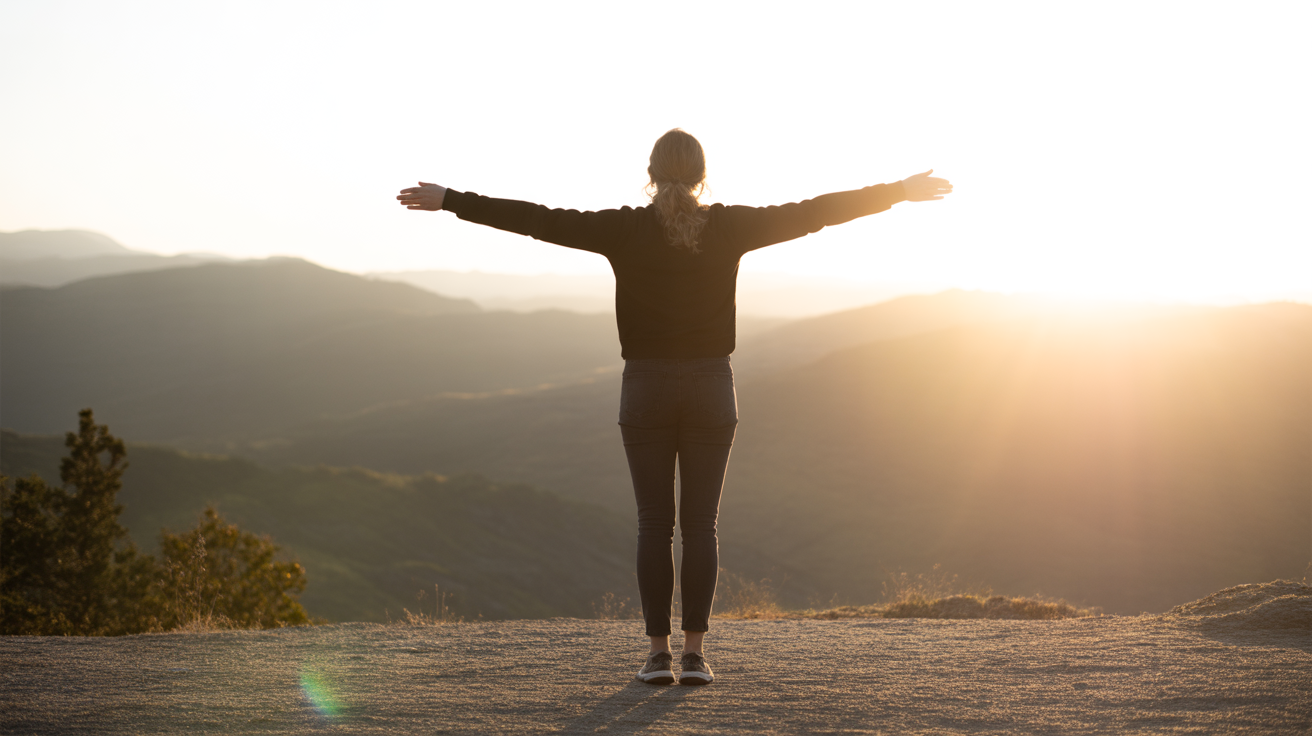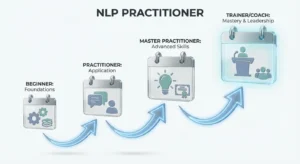Anxiety doesn’t wait for a convenient moment. It shows up when you’re about to speak in a meeting, lying awake at night, or sitting quietly when suddenly your heart starts racing and your thoughts begin to spin.
In those moments, you don’t need a list of tools; you need something that works right now.
What you’ll find here isn’t theory or overwhelm. It’s one specific response that can help you break the cycle before anxiety gains momentum. Simple, grounded, and effective. Keep reading to find out what really helps.
First, Understand What Anxiety Really Is
Anxiety is your body’s built-in alarm system. It’s meant to protect you by signaling potential danger. But in everyday life, this system can overreact, set off by stress, deadlines, social interactions, or uncertainty.
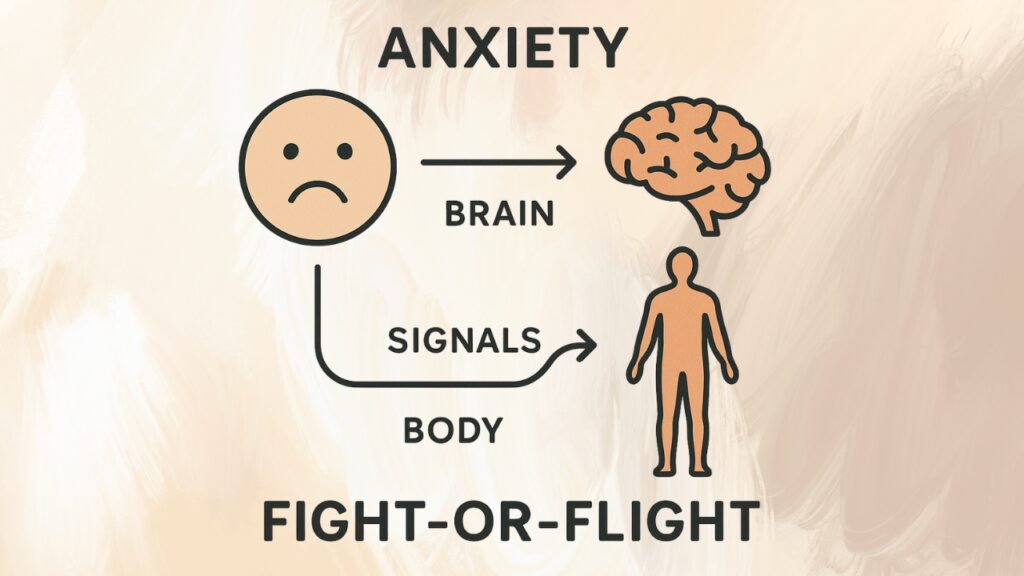
When this happens, your body launches into fight-or-flight mode: your heart races, breathing becomes shallow, and thoughts become scattered. That’s where the crucial shift begins.
The One Crucial Step: Interrupt the Pattern Through Your Body
Anxiety isn’t a flaw in your personality; it’s a pattern your body and brain fall into. One anxious thought triggers a feeling, which triggers more thoughts, creating a loop that builds quickly.
The key is to disrupt that loop before it spirals.
You don’t need a complete mental strategy; you need a physical shift. When you move your body, your brain gets a new signal: things are okay.
This isn’t about tricking yourself, it’s about working with your biology.
Quick ways to ground yourself physically:
- Stand tall and open your posture: Roll your shoulders back. Widen your stance. This tells your body the threat has passed.
- Breathe with rhythm: Try a 4-4-6 breath (inhale for 4, hold for 4, exhale for 6). Even two or three rounds can reset your stress response.
- Use cold water: Splash your face or hold something chilled. This activates the parasympathetic nervous system and reduces acute anxiety.
- Move your body: A short walk, a few squats, or even stretching can metabolize stress hormones like cortisol and adrenaline.
- Shake it out: Gently shaking out your hands, arms, or legs releases tension.
These may seem small, but they are powerful because your nervous system listens to movement more than words.
Why Physical Action Works Faster Than Thinking Alone
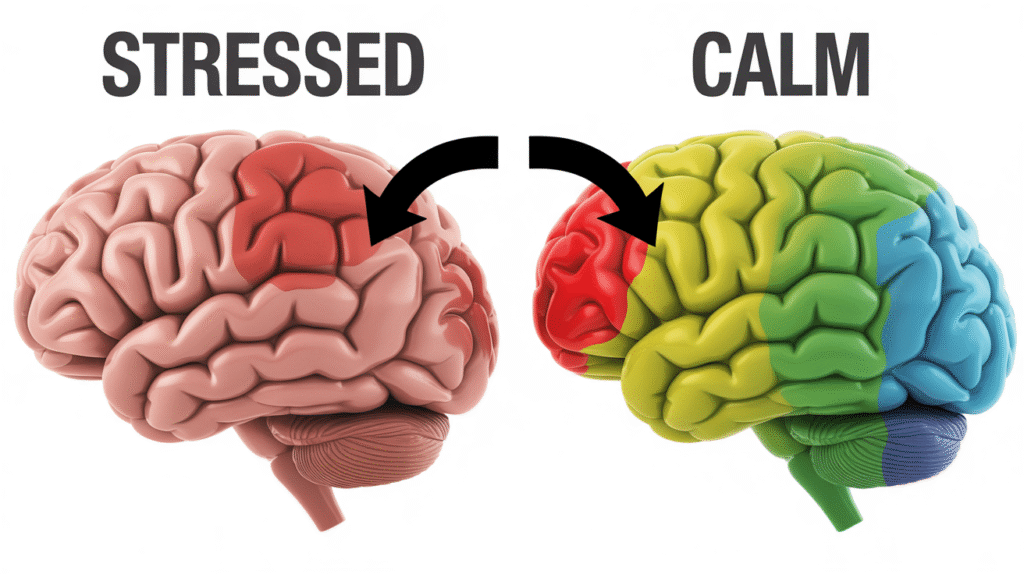
We’re often taught to manage anxiety by changing our thoughts: “Think positively” or “Talk yourself down.” But when anxiety is flooding your system, reason and logic may not reach the part of your brain that feels under threat.
That’s because your brain prioritizes survival over analysis. When stress kicks in, it routes control to the amygdala, the part that handles fear and instinct. To reach the thinking part of the brain again (your prefrontal cortex), you need to calm the body first.
Physical movement and breath regulation bridge that gap. They deactivate the alarm and bring you back to center.
Once your body is regulated, your thoughts become more balanced, and mental tools like visualization or journaling can help reinforce that sense of calm.
After the Storm: What to Do Next
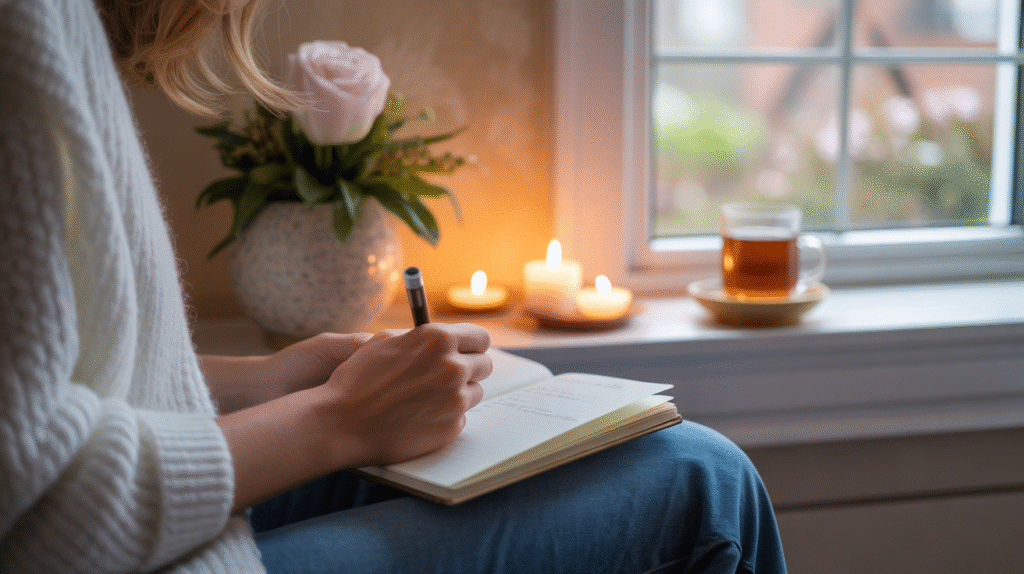
Once the intense wave of anxiety has passed, you’re in a better place to understand and respond to it without judgment.
Here are a few things that help:
- Name the emotion: Say out loud, “I’m feeling anxious” or “I’m overwhelmed.” Labeling the emotion can reduce its intensity and give you a sense of agency.
- Check your inner dialogue: Ask yourself what you were thinking at the peak of the anxiety. Were you assuming the worst? Jumping to conclusions? Just noticing these patterns can loosen their grip.
- Shift your focus externally: Bring your awareness to a physical object near you, the temperature of the air, or a steady sound like a fan or your own breathing. These grounding techniques pull your mind out of spiraling thoughts.
- Reflect on what helped: After you’ve calmed down, take a moment to acknowledge what worked. Did the breathing help? Did walking ease the intensity? This builds self-trust and creates a toolkit you’ll remember next time.
These actions are most effective after your body has moved out of high alert.
Final Thought: Your Body Is the First Step to Calm
You don’t have to silence every anxious thought or solve everything at once. Your first step is simple: reconnect with your body.
Let movement and breath be your entry point to calm. Let your body remind your brain that you’re safe.
This doesn’t mean anxiety disappears completely. But the more you practice responding with your body first, the more confident and steady you become, even when stress shows up uninvited.
From there, everything starts to feel more manageable. One breath, one moment, one grounded choice at a time.

